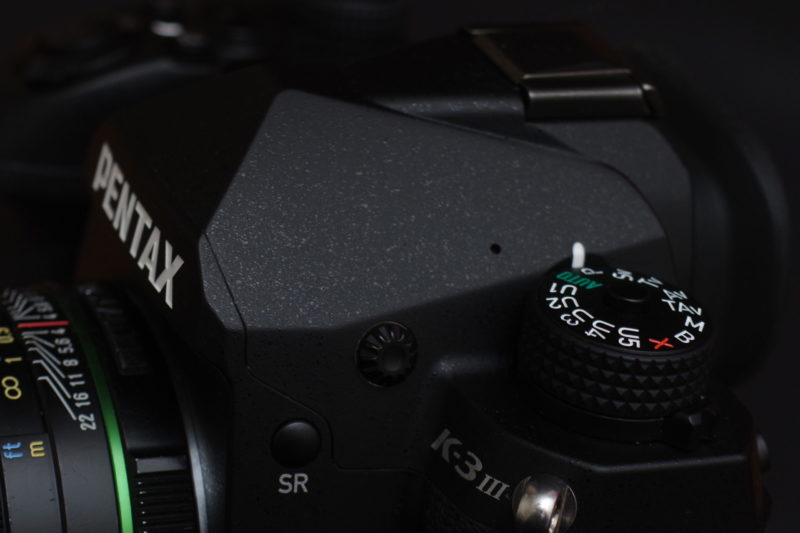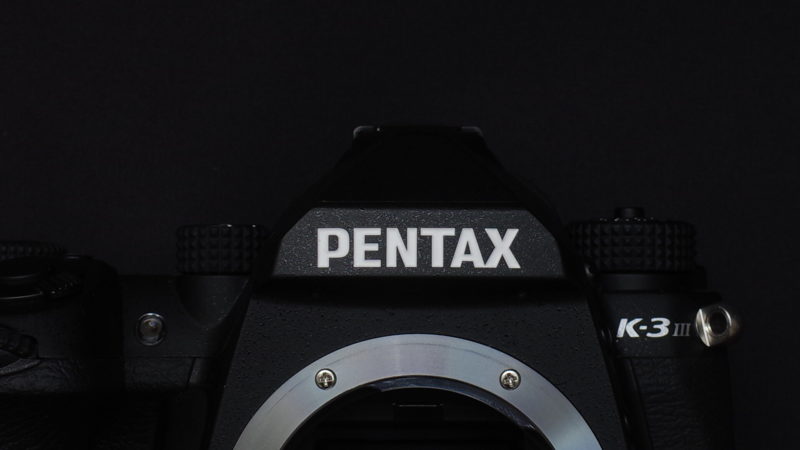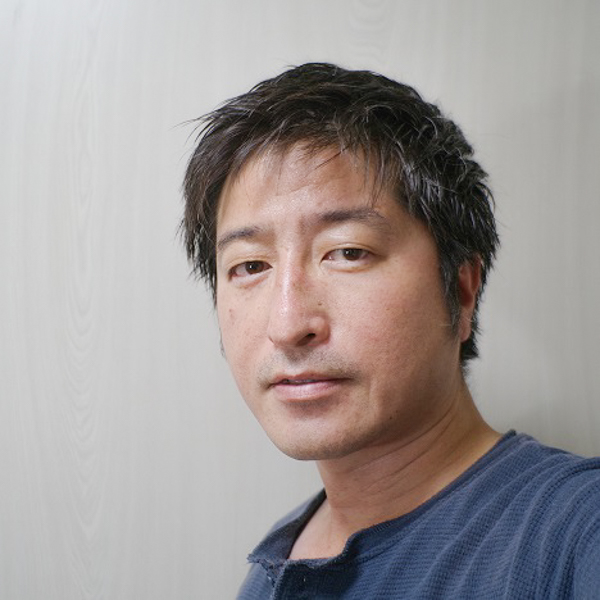Hi everyone! I’m Shigeru Wakashiro, in charge of planning and development for PENTAX digital SLR cameras.
I’d like to talk about the product design of the new PENTAX K-3 Mark III.
I believe that a camera’s design is an important part of photography, because a good design can make picture-taking more enjoyable and more exciting for the photographer. The process involved in taking a picture begins when the photographer brings out his or her favorite camera. This is the first step in stimulating their photographic interest and creative ideas. Along with the camera’s practical design features, such as the grip with which it is comfortably held, and the ease of operation, it’s also essential for the camera to have an attractive shape to express a sense of quality and the joy of possessing it.

The PENTAX K-3 Mark III’s pentaprism shell — the most prominent design element in PENTAX SLR cameras — is styled to be similar to the glass pentaprism which is housed inside. This design concept was previously incorporated in the PENTAX K-1, but the shell for the PENTAX K-3 Mark III is not the same design as that of the PENTAX K-1, and has its own originality. Since the PENTAX K-3 Mark III features a compact, sturdy body and improved image tracking performance for active field use, the shell has been styled to hint at energy and liveliness. One of the most noticeable design elements is the shell’s side ridgelines, which slope upwards toward the back of the camera — a design element which further suggests action and movement.

In past models, a space had to be created in the front part of the pentaprism shell to hold some components. But any greater protrusion toward the front of the pentaprism shell would mean that it could come in contact with some lenses. To avoid this problem, we moved this space in the shell to a higher location. In turn, this meant that we had to place the PENTAX logo further away from the lens mount than we really wanted to.
With the PENTAX K-3 Mark III, we decided to simplify the pentaprism shell’s internal configuration to minimize the protrusion. This meant that we could then move the PENTAX logo closer to the lens mount. This design change not only created a condensed, tightly packaged product image, but also gave the PENTAX K-3 Mark III a rugged, classical camera appearance.

Magnesium alloy is a light, rigid metallic material that is highly resistant to deformation. It lets us design a high-strength, high-rigidity body while keeping the product mass to a minimum. That’s why we chose this material for the PENTAX K-3 Mark III’s top, bottom, front and back panels, as we created the compact, sturdy, high-grade body of this new flagship model. I hope that our users will appreciate how the use of a metallic material provides both a sense of security by protecting the high-precision inner mechanisms, and an impression of quality characteristic of metal.
I’m confident that PENTAX fans will enjoy capturing images with the new PENTAX K-3 Mark III. We designed it to be a compact, sturdy, high-grade camera, which provides its owner with the joy of possessing it, and with the fun and excitement of great photo-taking experiences. I hope that those who do purchase the PENTAX K-3 Mark III will cherish it for many years to come.

